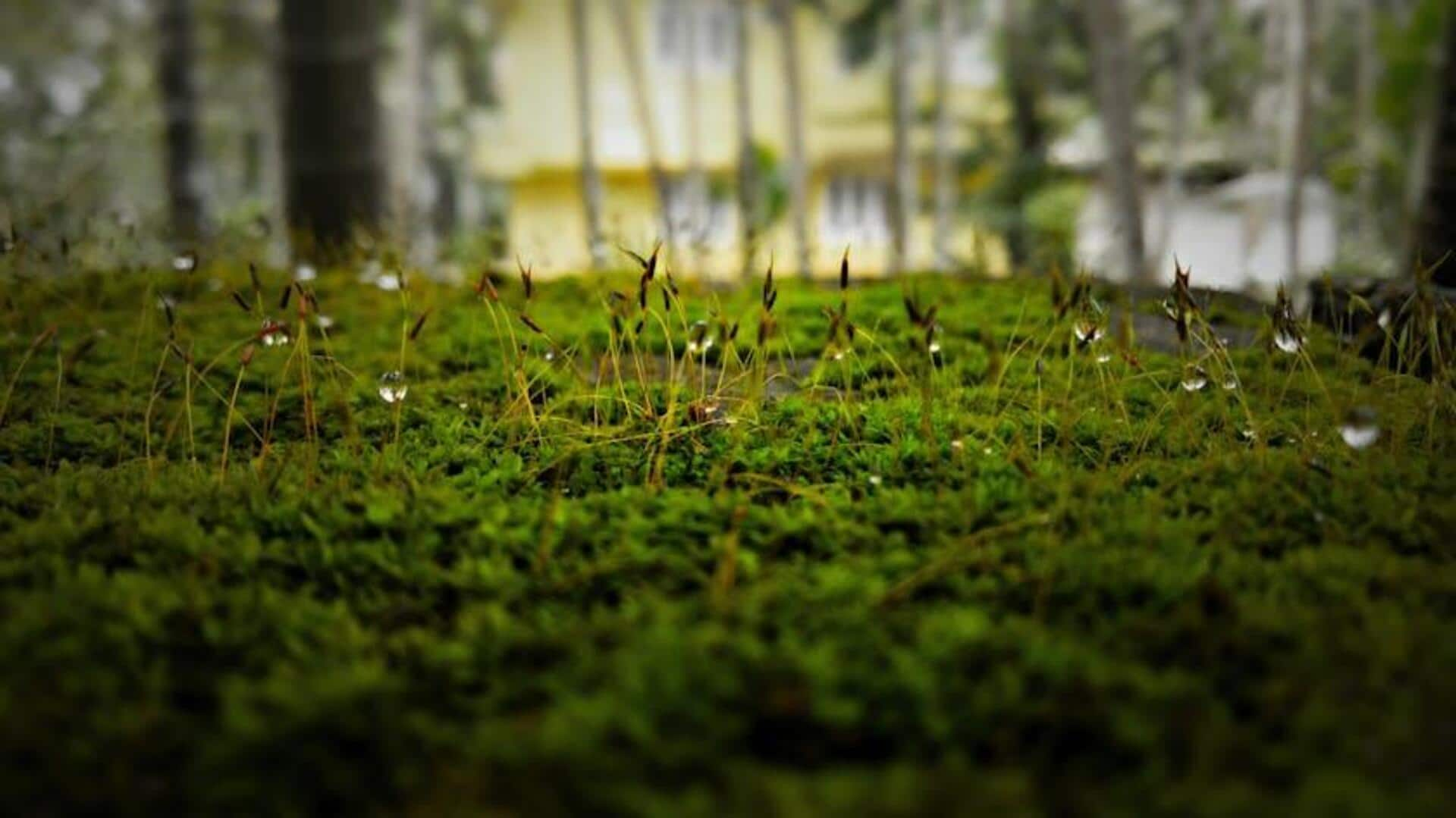
A guide to India's spice regions
What's the story
India's spice plantations promise a unique travel experience, immersing you in the rich aromas and vibrant colors of the country's spice heritage. From Kerala's lush landscapes to Karnataka's aromatic fields, these plantations offer an insightful journey into the world of spices. Explore how spices are cultivated, harvested, and processed and enjoy the scenic beauty around you. Here's a guide to India's spice regions.
#1
Exploring Kerala's spice gardens
Kerala is famous for its expansive spice gardens, especially in places like Thekkady and Wayanad. Tourists can go on guided tours to know about different spices like cardamom, pepper, and vanilla. The tours mostly have demonstrations of traditional farming techniques and sustainable practices. The lush greenery and calmness of the place make it an ideal destination for nature lovers who want to know more about India's spice cultivation.
#2
Discovering Coorg's aromatic plantations
Coorg in Karnataka is yet another prime destination to explore spice plantations. Also known as the 'Scotland of India,' Coorg is home to sprawling estates where you can see how coffee is cultivated along with spices such as black pepper, and cinnamon. Plantation walks allow you to interact with local farmers who talk about organic farming methods. Its cool climate makes it even more attractive, making it a must-visit on any spice itinerary.
#3
Visiting Goa's spice farms
Goa may be known for its beaches, but it also has a number of fascinating spice farms which are worth visiting. The farms provide an interactive experience where tourists can witness how spices such as nutmeg, cloves, and turmeric are grown organically. Most farms also have small shops selling freshly ground spices at affordable prices between ₹100 to ₹500 per packet based on quantity and type.
Tip 1
Tips for planning your spice tour
To enjoy pleasant weather, plan your visit to India's spice plantations from October to March. Book guided tours in advance to get an insight from knowledgeable guides who are fluent in English and Hindi. It makes the experience better, especially if you don't know the local dialects. Farmers work throughout the year, to keep operations smooth during peak seasons, making your experience fun and memorable.